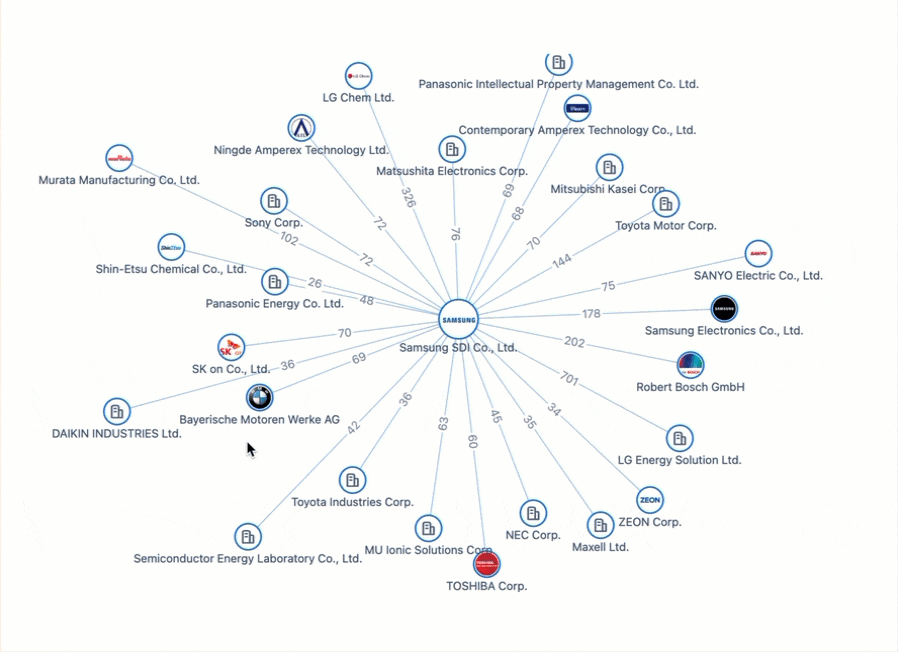Patent Examiner Tips to Accelerate Patent Applications
Patent prosecution can be a painfully slow process. And not because the office is processing applications slowly.
Patent prosecution is usually slow because of you, the applicant. Applicants often slow down the patent prosecution process by amending their applications through the EPO and USPTO, according to a recent WIPO report. The WIPO report also showed that the pendency time for patent applications was between 22-23 months in the US, Europe and China. The shortest pendency times were in Iran (9 months), Spain, Ukraine, Japan and Republic of Korea. Surprisingly, the highest number of rejected patents was in the US at 52%.
Former US patent examiner Rachel Bennet says other factors can affect the speed of patent examinations. These include broad, irrelevant claims, missing documentation, miscommunication and misuse of examiner interviews. However, you can use some simple techniques to speed up patent prosecution and get your patent granted.
Original claims should be reasonable and as few as possible
Although filing broad patent claims is desirable for businesses—to cover future uses of their technology—patent examiners prefer if you have narrow claims. Usually, patent examiners will not allow broad claims because they cover more than the inventor actually invented.
When constructing claims, ensure you make the novel and non-obvious features of your technology clear—which will speed up your patent application. Rachel says, “The examiner only has so much time, so keeping the original claim set reasonable is ideal.” Patent examiners don’t want to dig around to find the needle in the haystack—they are under time constraints too. Although you may worry narrow claims could be easily modified by a competitor, such claims are easier to obtain.File narrow claims first—to cover the core elements of your invention—and get your patent granted quicker. Then, file for continuations to ensure you have covered every future application of your technology.
Ensure you have prepared a robust application with all the relevant documentation
It’s important you cover all grounds in your patent application. Nothing holds a patent application back more than having missing documentation. If you’re filing patents in different countries, you’ll need to ensure you have translations—otherwise it might delay the process or, worse, your application could be withdrawn. For example, under the EPO, when making an application in any language other than English, German or French, you must include a translation within two months of filing the application. If the translation is not filed in time, you will be invited to provide a translation within two months of this notification. If the translation is not filed within this time limit, your application will be automatically withdrawn.
You should also disclose any prior art that you are aware of, otherwise your application could be invalidated if something comes up later on. If this is the first time you are filing a patent, providing all the relevant documents will help build a good relationship with your examiner.
Rachel says you need to understand the examiner’s time limitations and do what you can to streamline the application. “No one wants to spend time cleaning up 112 issues or translating a document. Attention to these details will only win you points with any examiner. The examiner’s supervisor also plays a vital role in allowances, especially if the examiner doesn’t have signatory authority.”
Clarify issues by communicating directly with the patent examiner
Emails are easy to use and quick to send so it’s no surprise most communications between examiners and patent applicants occur this way. However, when it comes to patent applications, email may not be the best approach. Sending emails back and forth to clarify issues could delay the process. If you have questions about your patent application, it’s better to speak to your examiner over the telephone—have a face-to-face conversation through Skype, for example. Or, if you are in the US, meet them personally at a USPTO campus. Instant communications reduce latency and can help prevent misunderstandings or miscommunications. For example, one study found that face-to-face requests are 34 times more likely to get positive responses than emails. The USPTO offers an easy solution — the First Actions Interview Pilot Program — in which you can request an interview with the examiner evaluating your patent application.
According to Rachel, “A simple telephone call, web conference, or face-to-face interview can bring clarity to issues that may be ‘lost in translation’ in office actions between the patent practitioners and the examiner. Inventors may also be helpful in explaining the nuances between their invention and the prior art.”
Don’t misuse examiner interviews
The examiner’s time is crucial so it’s important not to misuse one-to-one time with them. Ensure your requests are specific and relevant. Examiners want to help expedite your application. But wasting their time will usually leave them irritated. Rachel futher explains the importance of interviewing examiners without fishing expeditions: “While most examiners are happy to help clarify issues and to an extent suggest alternative claim language, they also need to move the ball down the field with every application. If a practitioner is not furthering prosecution, this may be perceived as a waste of time for the examiner.”
One survey revealed that 38.4% of applicants thought an interview with the examiner was very useful, 30.8% said an interview was extremely useful, and only 2% said it wasn’t useful at all. To use your examiner’s time wisely, you may want to schedule an interview after the first action (when an examiner informs you of the result of your applications) with some proposed amendments to your claims. This will ensure you aren’t wasting their time, and that you’re talking to them specifically about your patent application rather than questioning them before they have fully evaluated your application.
Fast-track your application
Another way in which you can speed up patent prosecution is using the Prioritised Patent Examination Program or the Patent Prosecution Highway (PPH). The Prioritised Patent Examination Program gives a utility or plant patent application priority, allowing a final disposition within twelve months. It gives your application special status with fewer requirements and without having to perform a pre-examination search.
Alternatively, you could use the PPH which fast tracks the examination of patent applications (in participating countries) with claims already allowed by a foreign patent office in a corresponding patent application. Once you receive the final ruling from the first patent office in which you have filed your patent application, you can request a fast-track examination of the corresponding claims in a corresponding patent application pending in the other patent office.
It’s important to remember that patent examiners are on your side; they want to quickly process patent applications too. These five strategies can help build a good relationship with your examiner. By understanding the patent examiner’s time limitations and communicating with them effectively, you can make their life easier and speed up your patent application.
Your recommended content
-

Patsnap Surpasses US$100 Million in Annual Recurring Revenue
Category: Article | Category: News/PR
Wednesday, June 12, 2024
Patsnap has reached a significant milestone of achieving $100M in Annual Recurring Revenue (ARR), marking an impressive 20% year-over-year growth in 2023. This milestone highlights the massive and meaningful value our platform brings to over 12,000 IP and R&D teams across 50 countries, driving efficiency, productivity, and collaboration.
-

Introducing Hiro, an AI assistant built for IP and R&D workflows
Category: AI advancements | Category: AI development | Category: AI-tools | Category: Article | Category: artificial intelligence
Tuesday, May 14, 2024
Powered by Patsnap’s industry-specific LLM, Hiro is designed to streamline IP and R&D workflows from ideation to product launch. With its robust AI capabilities, Hiro brings a new level of efficiency, precision, and security to tasks that were once time-consuming and labor-intensive.What sets Hiro apart is that it draws from our large language model that’s been trained on market-leading patent records, academic papers, and proprietary innovation data. This ensures we deliver more accurate and reliable results for every prompt.
-

Powering the Future of Electric Vehicles: The Battle for Battery Innovation and Patents
Category: Article | Category: battery technology | Category: electric vehicle | Category: EV | Category: lithium ion | Category: lithium ion battery | Category: NEV | Category: new energy vehicles
Monday, April 22, 2024
In the ever-evolving landscape of innovation, the electric vehicle (EV) industry stands as a beacon of technological transformation. As we explore the patents propelling the EV revolution, Apple's venture serves as a poignant example of the challenges even industry giants face in this competitive arena. Join us on a journey through the global patent landscape, where the quest for superior power solutions unfolds, and where the true pioneers of the EV revolution are making their mark.